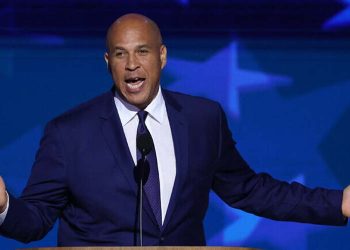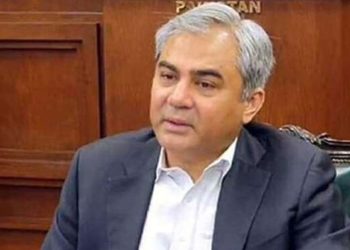NEW DELHI (AFP): India’s economy contracted 7.3 percent in 2020-21, recording its worst ever performance in over four decades as coronavirus lockdowns put millions out of work.
Asia’s third-largest economy grew by 1.6 percent between January and March — the fourth fiscal quarter — after exiting its first “technical recession” since 1947 following two successive quarters of contraction.
About 230 million Indians fell into poverty due to the pandemic last year, according to a study by Bangalore’s Azim Premji University, which defined the poor as those living on less than 375 Indian rupees ($5) a day.
An easing of restrictions towards the end of 2020 helped propel a tentative recovery in activity, but this may prove short-lived following an explosion in COVID-19 cases in April and May.
India’s vicious second COVID-19 wave prompted further lockdowns and saw 7.3m people lose their jobs in April alone. That means more pain in a country where 90pc of the workforce is in the informal sector with no social safety net.
In a recent report, British financial services firm Barclays pegged the economic cost of India’s second wave at $74 billion, or 2.4pc of GDP. However, helped by output having slumped so much last year, the headline figures for the current fiscal year will still appear strong.
India’s central bank is projecting annual growth of 10.5pc and the International Monetary Fund 12.5pc, the fastest among major economies.
India has recorded 28m coronavirus cases so far and distributed 213m doses of the Covid-19 jab, with its massive vaccination programme facing delays and shortages.



































